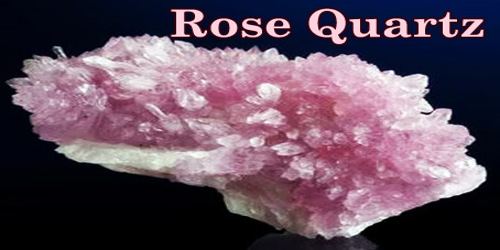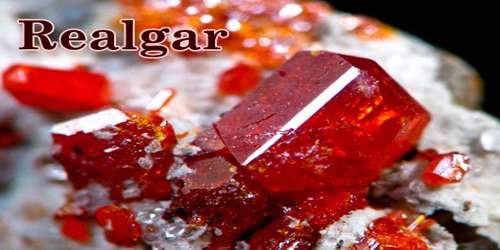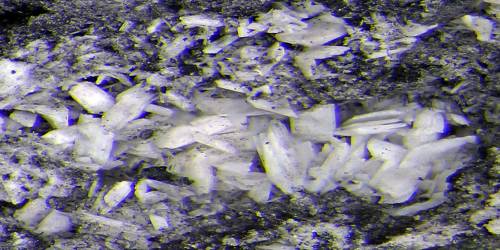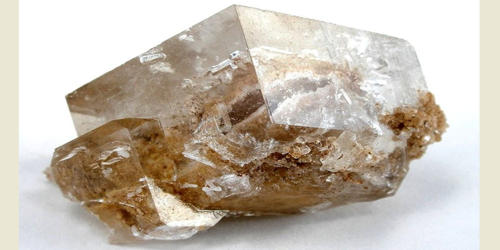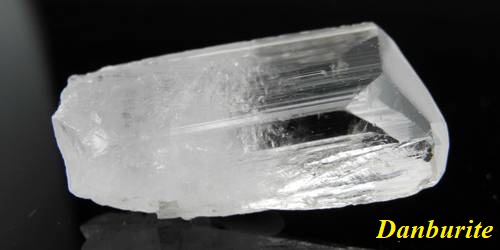Definition –
Rose Quartz, translucent, usually turbid, very coarse-grained variety of the silica mineral quartz found in pegmatites. It is the name used for pink specimens of the mineral quartz. It is abundant, common, and found in large quantities at numerous locations around the world.
The pink color of rose quartz is attributed to microscopic inclusions of a pink variety of the mineral dumortierite. These inclusions are usually abundant enough to make the rose quartz translucent instead of transparent. It is valued for its pale- to rich-pink color, which may be due to titanium.
Rose Quartz has been carved since early times and has been faceted to provide gems of good brilliance. Its milky aspect is attributed to tiny needlelike inclusions of rutile, which, when oriented, give the polished stone an asterism (optical phenomenon of a star-shaped figure) like that found in sapphire, but not as sharp or intense. Rose quartz occurs in Brazil, Sweden, Namibia, California, and Maine.
The stone (Rose Quartz) is reputed to help the wearer attract love and keep it. Judy Hall, author of the crystal book titled ‘The Crystal Bible’, says ‘Rose Quartz is the stone of unconditional love and infinite peace. This is the most important crystal for the heart and the heart chakra.’ It also seems to be quite effective in protecting the wearer from pain and disappointment. In short, it seems to have a strong effect on emotional health and well-being.
Rarely, quartz occurs as transparent euhedral crystals with a pink color. These are usually late-stage mineralizations in pegmatite pockets. The color of these specimens, especially those that are transparent, is thought to be caused by irradiation-induced color centers. This color is often unstable, fading with exposure to heat or light. Pink transparent quartz is rare, but found in several locations around the world. Many people believe that pink transparent quartz should be called “pink quartz” instead of “rose quartz” because the cause of the color is different.
Mineral Information of Rose Quartz –
Origin: Notably Brazil
Mineral Species: Quartz
Mineral Group: Oxides
Chemical Formula: SiO2
Hardness: 7
Crystal System: Trigonal
Color: Pale to dark rose pink
Typical Appearance: Usually massive crystalline, rarely as individual crystals.
Esoteric Information of Rose Quartz –
Birthstone: Taurus and Libra
Chakra Alignment: Heart
Element: None
Origin of Name & Mythology: Named for its rose pink color.
Sources and Properties of Rose Quartz –
Rose quartz is found in abundance in many deposits throughout the world. Much of the rose quartz that is sold today is produced in Brazil, South Africa, India, and Madagascar. Other sources include Namibia, Mozambique, and Sri Lanka. In the United States, a deposit near Custer, South Dakota once produced significant amounts of rose quartz. The first crystals were found in a pegmatite found near Rumford, Maine, US and in Minas Gerais, Brazil.
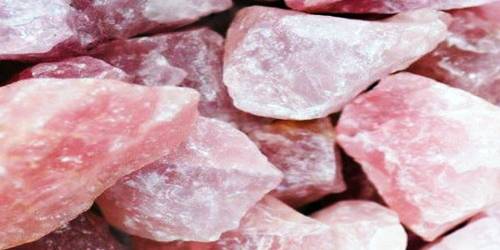
Some rose quartz contains microscopic rutile needles which produces an asterism in transmitted light. Recent X-ray diffraction studies suggest that the color is due to thin microscopic fibers of possibly dumortierite within the massive quartz.
The pink color of rose quartz ranges from a very light, almost imperceptible pink, to a rich translucent pink. It is usually cut into cabochons, beads, and faceted stones of about eight millimeters in size or larger to display the rich pink color. It is not popular as a gem it is generally too clouded by impurities to be suitable for that purpose. Rose quartz is more often carved into figures such as people or hearts. Hearts are commonly found because rose quartz is pink and an affordable mineral.
Some facts about Rose Quartz –
- Feng Shui probably has some of the biggest collections of rose quartz objects. Wearable jewellery is quite popular, and you will find necklaces, bangles, bracelets and earrings in a range of trendy styles.
- The stone is powerful, but it does need to be recharged regularly. Running water seems to cleanse the stone and moonlight is ideal for recharging the beautiful stone.
- The stone is considered an ideal five-year anniversary wedding gift. It is so popular that is was a favorite of the Chinese Empress Dowager Cixi and King Ludwig II of Bavaria.
- Rose Quartz is the state mineral of South Dakota in the United States.
- In many ancient cultures, rose quartz was considered very powerful. Powerful as a symbol of ownership and also thought to prevent ageing.
- In Australia, the bush doctors are believed to use Rose Quartz in a range of healing medications. But really, can anything beat the witchetty grub for health?
- According to legend, the stone was created when the Greek God Adonis was assaulted by the God of War, Ares. Goddess Aphrodite cut herself on a briar bush while rushing to save him. Their mingled blood collected on the white quartz stone and stained it a blushing pink.
Rose Quartz has been produced in laboratories, but synthetic rose quartz does not have a significant presence in the gem and jewelry marketplace. Natural material is too abundant, inexpensive, and only seen in craft jewelry. This removes the incentive to produce synthetic rose quartz instead of other, more highly-priced materials.
Uses and Benefits of Rose Quartz –
Rose quartz is one of the most commonly encountered lapidary materials. It is abundant, usually inexpensive, and popular as tumbled stones, beads, and cabochons. These have the richest color when pieces are at least a centimeter in diameter or thickness because of the material’s weak color. With a hardness of 7 on the Mohs scale and a lack of cleavage, rose quartz is durable enough for use in any type of jewelry.
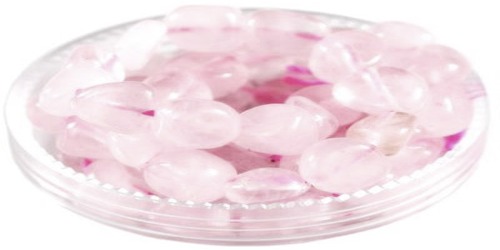
Rose Quartz is a well-known healing crystal with powerful healing properties. It is for this healing energy that wearing rose quartz is so popular. Pieces of rose quartz up to a few pounds in size with nice color are usually available and relatively inexpensive. For that reason, it is commonly used to produce small sculptures, puffed hearts, spheres, and utility items. Usually available in rough chunks or polished pieces, as it rarely forms defined crystals. The coloration is due to the presence of titanium, and polished rose quartz often displays a chatoyancy (cat’s eye) effect, or asterism (6-pointed star), created by included microscopic titanium crystals.
Rose Quartz aligns with the Heart Chakra, governing the emotions, especially love, and is known as the “love stone”. It can be used to nurture, attract love, promote self-acceptance or, on a more spiritual level, love of whatever you hold sacred or Divine. It is extremely supportive for the broken-hearted or recently bereaved, as well as strengthening the bond between mother and newborn.
Rose quartz is extremely popular in Feng Shui, and people will find a range of objects containing rose quartz that are used as love cures. Mandarin ducks, wealth pots, hearts, pots and gourds tied with a red string are particularly effective in Feng Shui if they are made from rose quartz. The main reason for the stone’s strength is the manganese and titanium it contains. This mineral content is particularly helpful in calming and healing the mind.
In addition, this wonderful crystal has a deadening effect on energy vortices caused by underground water and can dampen electromagnetic stress, so it is beneficial to keep some near your computer monitor or television. Carry or wear it, particularly near the heart and keep some by your bed.
Information Sources:
